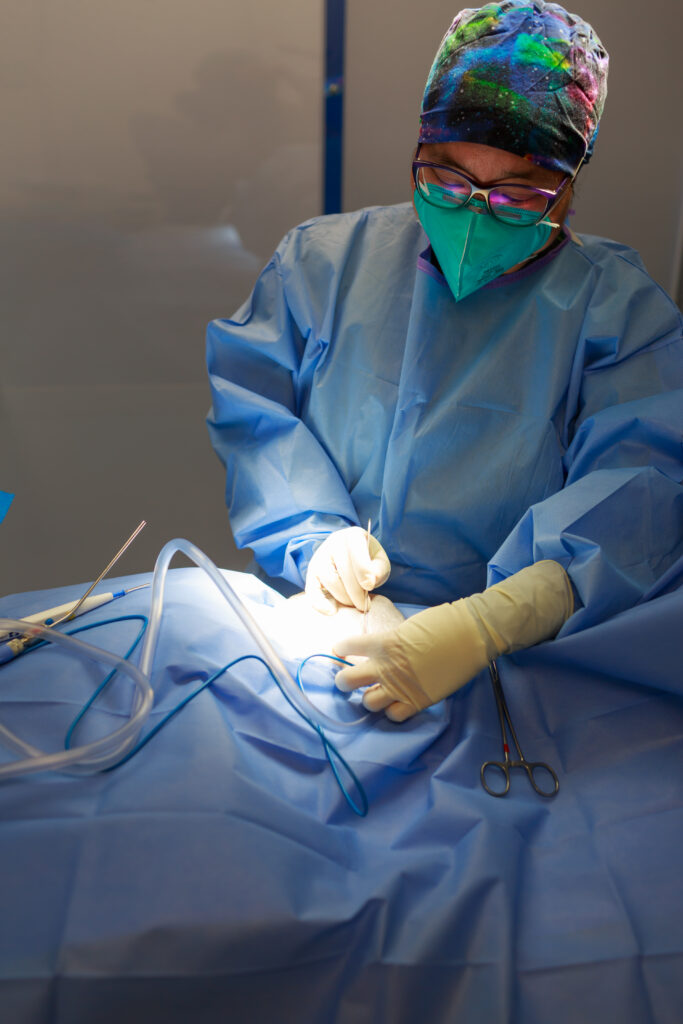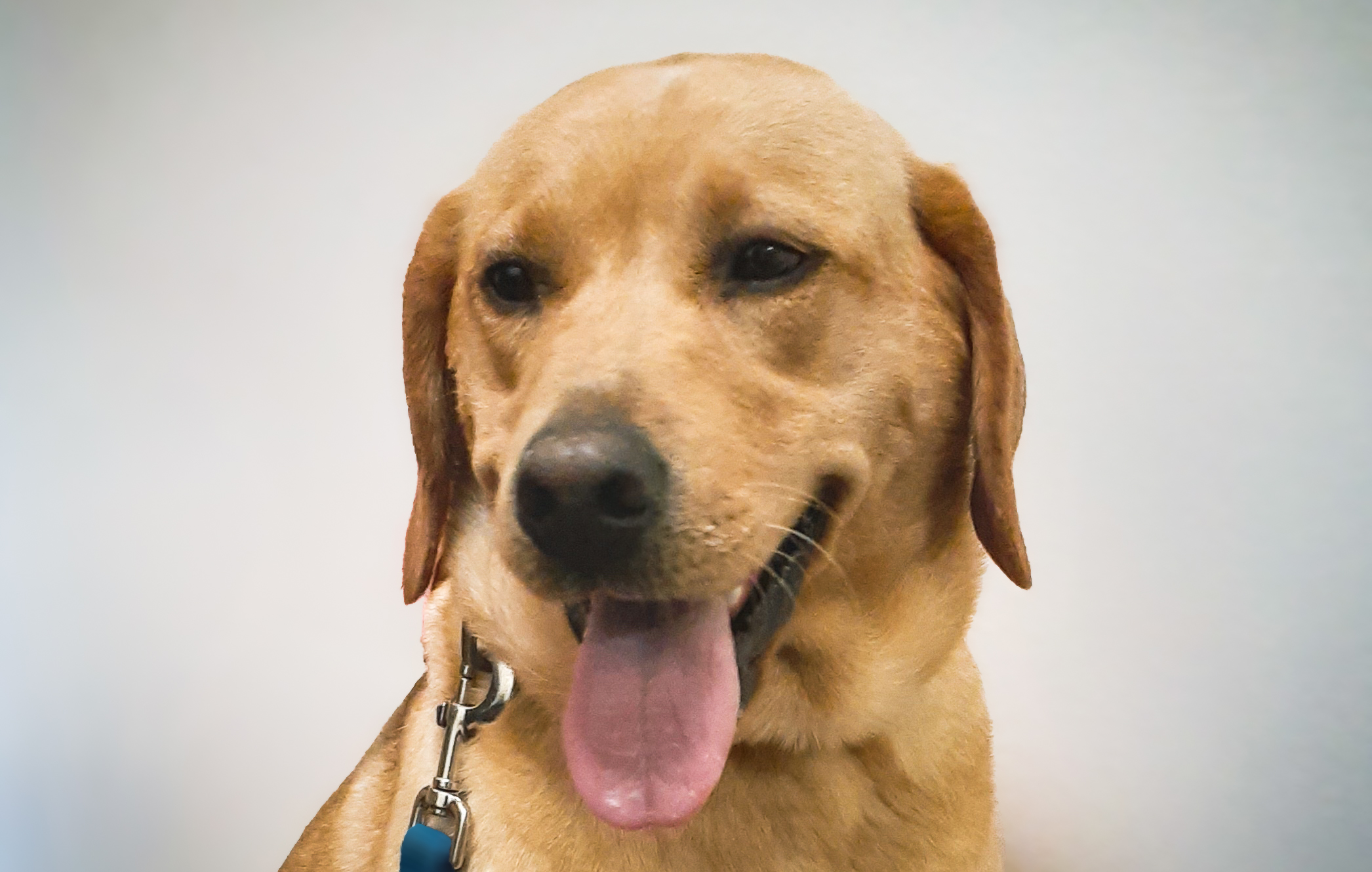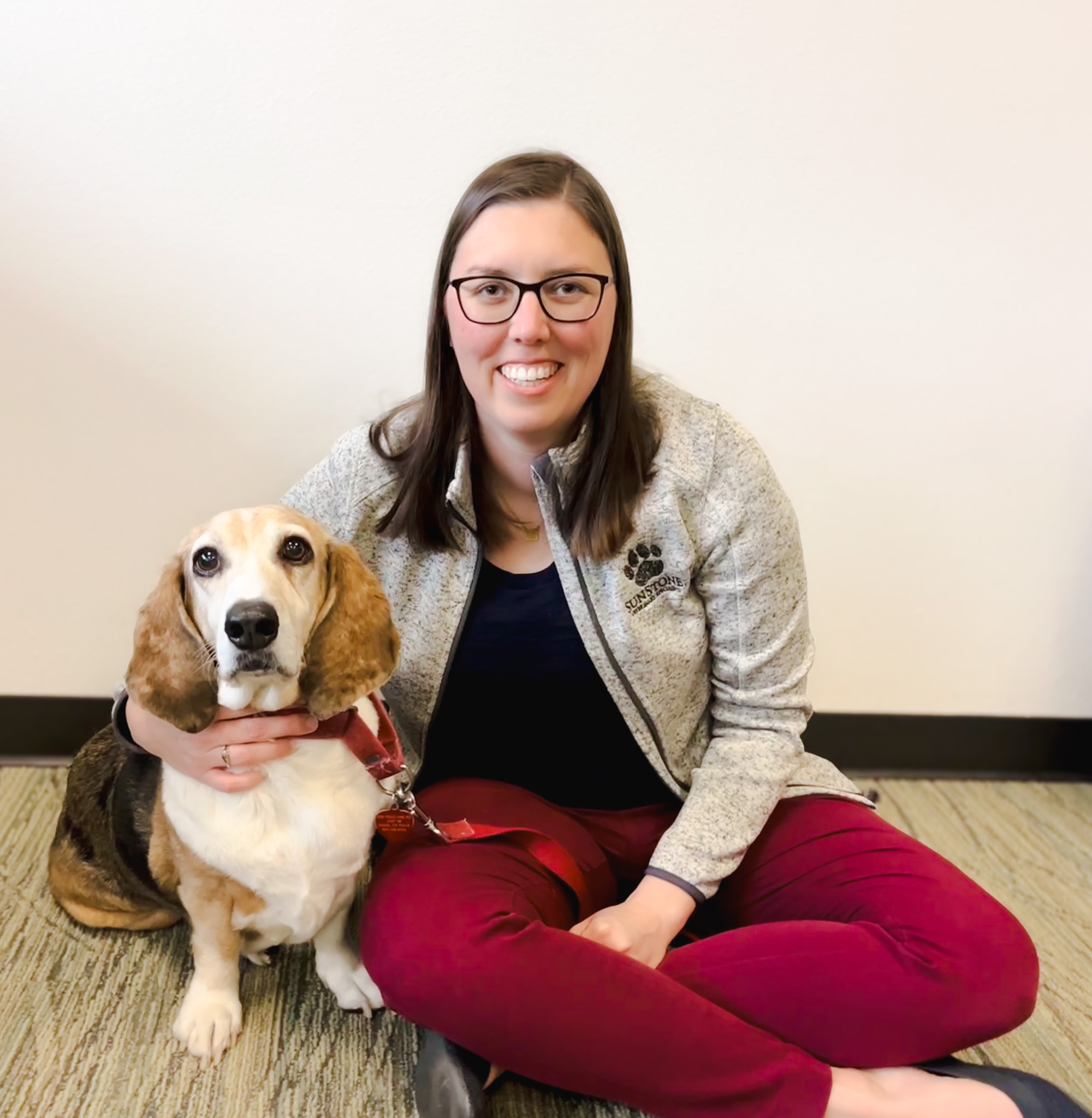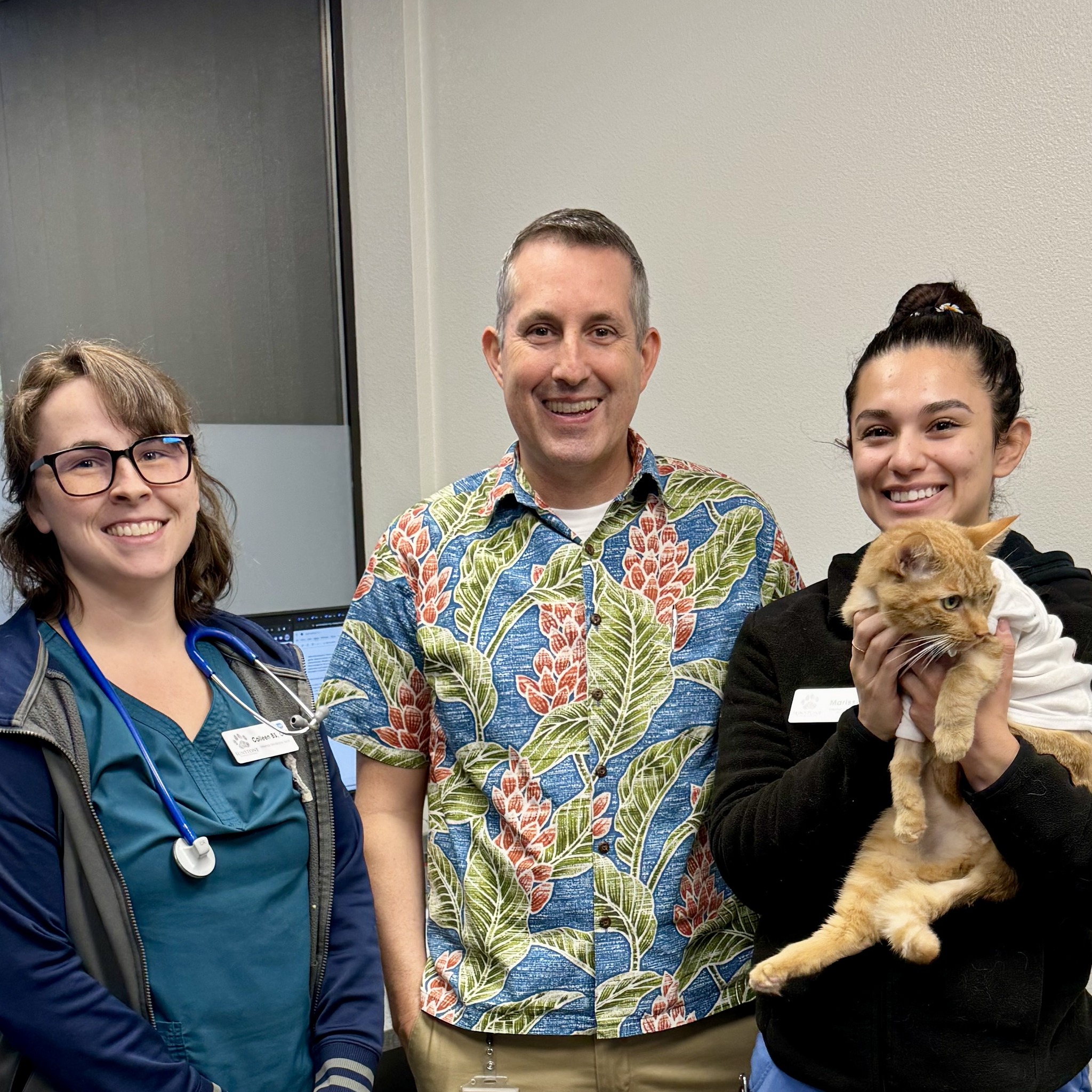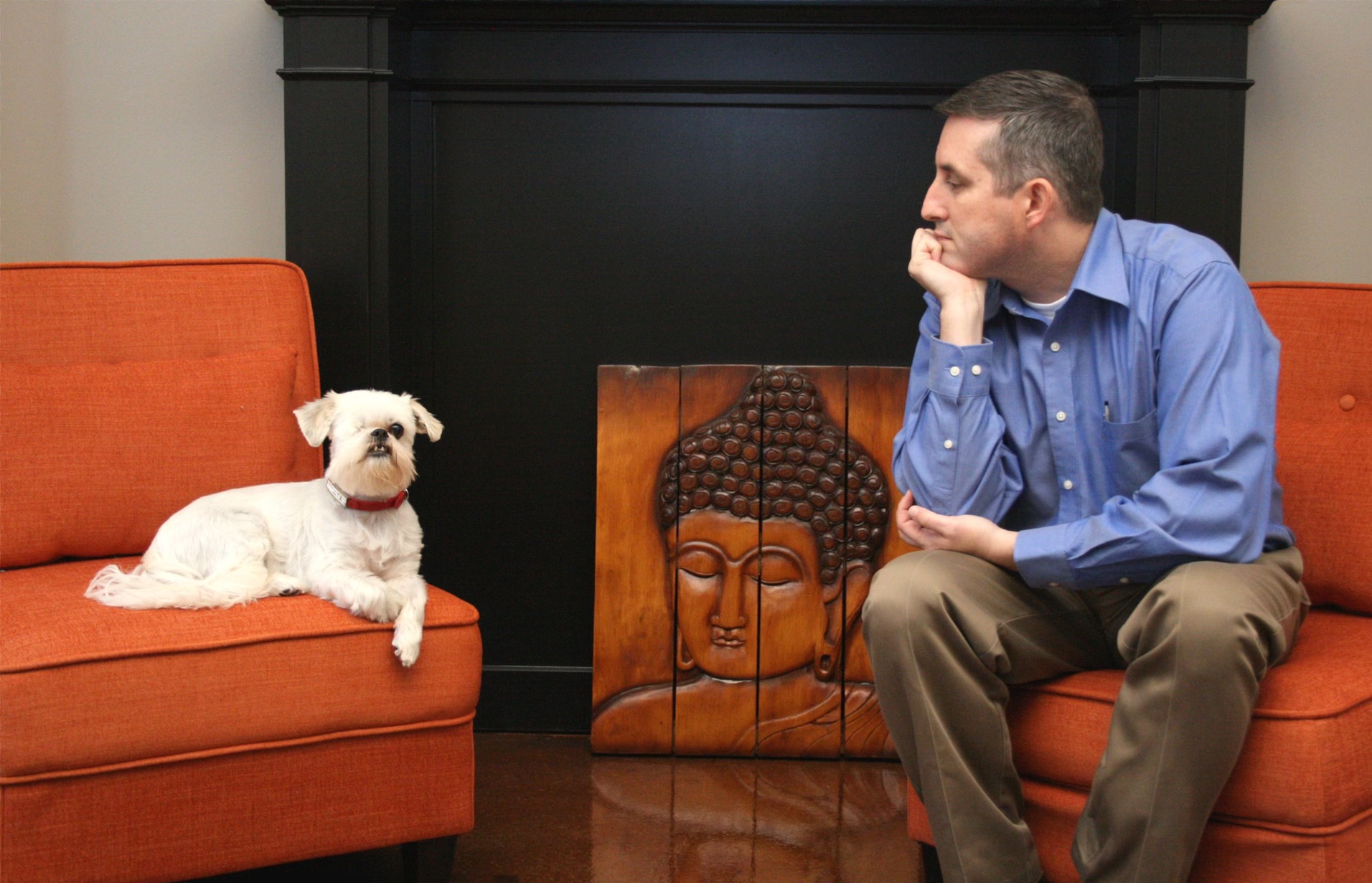CCL Tear in Dogs: Causes, Symptoms, and Treatment
A CCL tear in dogs is one of the most common causes of hind leg limping. The Cranial Cruciate Ligament (CCL) in dogs is similar to the ACL in humans. It’s an essential ligament in the knee joint that prevents the shin bone (tibia) from sliding forward relative to the thigh bone (femur). When the CCL tears, either partially or fully, it causes knee instability and pain, resulting in limping or difficulty walking.
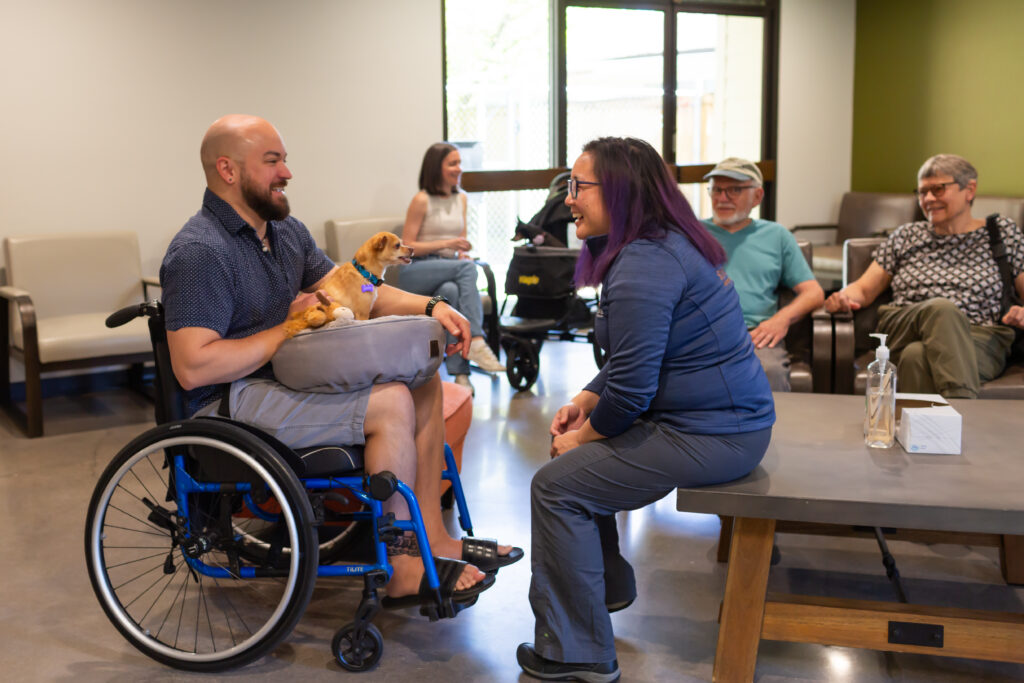
What Are the Signs of a CCL Tear in Dogs?
Dogs with a CCL tear may suddenly stop putting weight on one of their back legs, especially after an injury. However, it’s more common for the symptoms to develop gradually. You might notice your dog limping off and on, which could improve temporarily with rest or pain relief but worsens over time.
This progression often happens when a partial tear becomes a complete tear. In many cases, the knee’s cartilage (the medial meniscus) also gets damaged. Research shows that 50-60% of dogs with full CCL tears and 5-7% with partial tears end up with meniscus injuries.
How is a CCL Tear in Dogs Diagnosed?
Veterinarians diagnose a CCL tear in dogs by performing an orthopedic exam to check for “cranial drawer” instability, which reveals abnormal movement in the knee joint. Most dogs tolerate this test while awake, but sedation may be necessary if your dog is in pain, anxious, or tense.
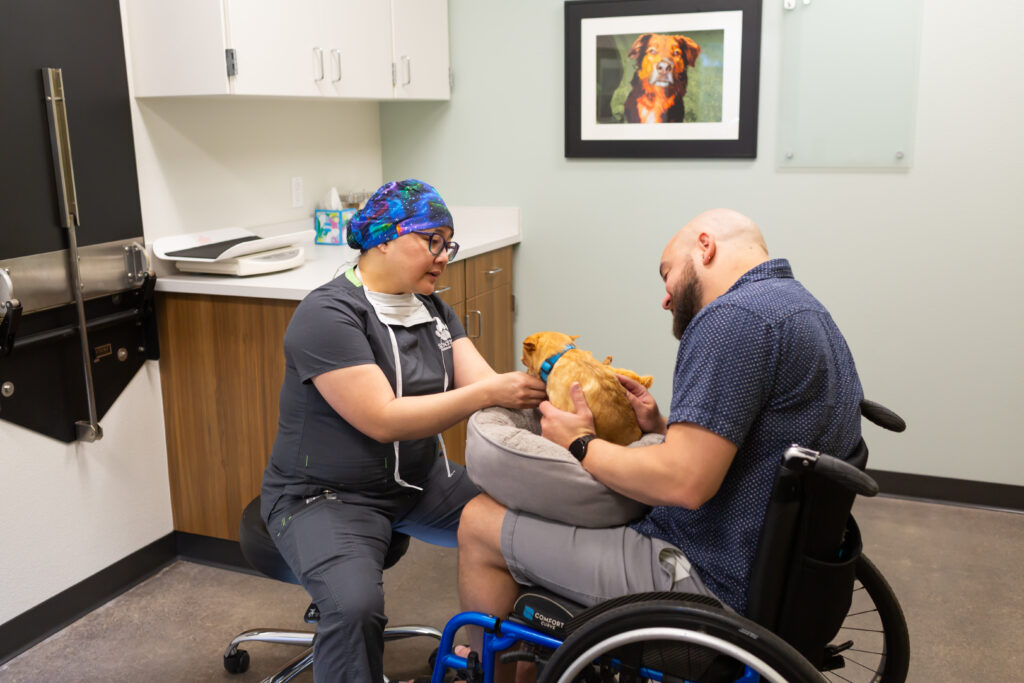
Treatment Options for a CCL Tear in Dogs
One of the most widely used treatments for CCL tears is the Tibial Plateau Leveling Osteotomy (TPLO). This procedure stabilizes the knee joint even without a functional CCL. During TPLO, the surgeon makes a curved cut in the shin bone, repositions the bone to change the forces acting on the knee, and secures it with a bone plate and screws. This adjustment creates stability and allows surrounding muscles and ligaments to support the knee.
Having performed over 1,000 TPLO surgeries, I’ve seen firsthand how effective this procedure can be. With an experienced veterinary surgeon, TPLO offers a high chance of full recovery and minimal complications. However, it’s important to note that individual factors like shin bone shape, the condition of the meniscus, or other knee issues may influence the surgical plan and outcome.
Preparing Your Dog for TPLO Surgery
Preparing for TPLO surgery involves taking precise x-rays of the knee and shin bone. These images allow for detailed surgical planning, such as determining where to make the bone cut, how to rotate the joint, and what tools to use. In some cases, a different surgical procedure may be recommended based on your dog’s specific condition and needs.
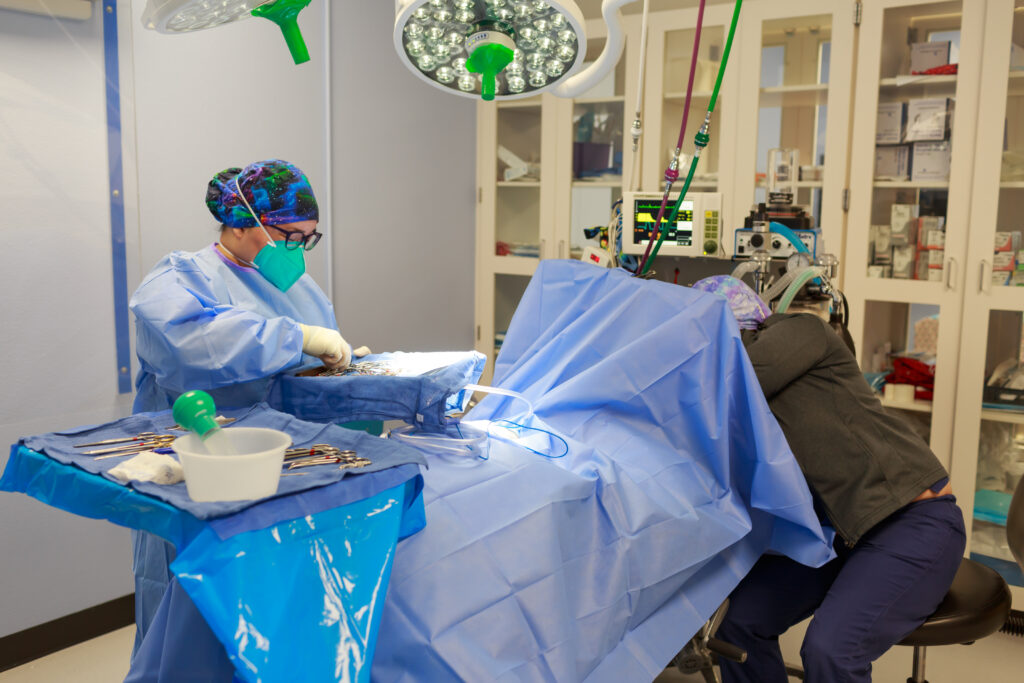
When to Seek Help
If your dog is experiencing persistent or worsening hind leg limping, it could be due to a CCL tear or another knee injury. At Sunstone Veterinary Specialists, our experienced team can diagnose the problem and discuss the best treatment options for your dog. We’re here to help your dog return to a happy, active life. Contact us today for an evaluation and cost estimate.
Let us help your dog get back to living a happy, active life.

Lillian Su, DVM, MVSc, CCRP, Diplomate ACVS-SA
Certified Specialist in Small Animal Surgery
